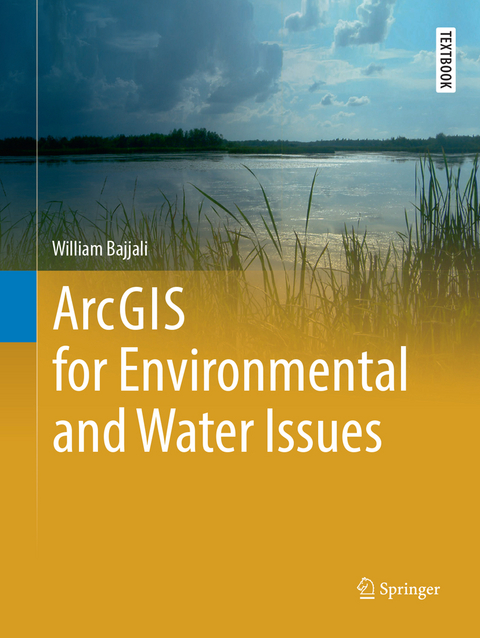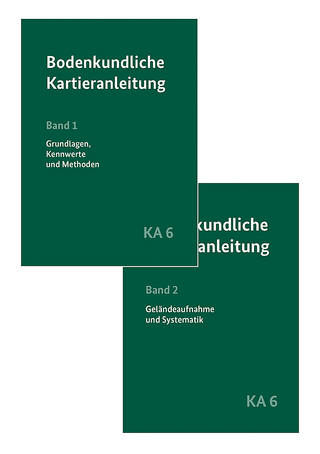
ArcGIS for Environmental and Water Issues
Springer International Publishing (Verlag)
978-3-319-87017-5 (ISBN)
This textbook is a step-by-step tutorial on the applications of Geographic Information Systems (GIS) in environmental and water resource issues. It provides information about GIS and its applications, specifically using the most advanced ESRI GIS technology and its extensions.
Eighteen chapters cover GIS applications in the field of earth sciences and water resources in detail from the ground up. Author William Bajjali explains what a GIS is and what it is used for, the basics of map classification, data acquisition, coordinate systems and projections, vectorization, geodatabase and relational database, data editing, geoprocessing, suitability modeling, working with raster, watershed delineation, mathematical and statistical interpolation, and more advanced techniques, tools and extensions such as ArcScan, Topology, Geocoding, Hydrology, Geostatistical Analyst, SpatialAnalyst, Network Analyst, 3-D Analyst. ArcPad, ESRI's cutting-edge mobile GIS software, is covered in detail as well.Each chapter contains concrete case studies and exercises - many from the author's own work in the United States and Middle East. This volume is targeted toward advanced undergraduates, but could also be useful for professionals and for anyone who utilizes GIS or practices spatial analysis in relation to geology, hydrology, ecology, and environmental sciences.
Exercises and supplementary material can be downloaded by chapter here:
https://link.springer.com/book/10.1007%2F978-3-319-61158-7
Dr. William Bajjali serves as Professor of Hydrogeology and GIS at The University of Wisconsin - Superior. Dr. Bajjali has worked with geographic information systems for almost thirty years, and his academic and professional work spans the United States, Canada, and the Middle East.
1. Introduction.- 2. Working with ArcGIS and Map Classification.- 3. Data Acquisition and Data Creation.- 4. Coordinate Systems and Projections.- 5. Query Using SQL.- 6. Geodatabase Creation.- 7. Data Editing and Topology.- 8. Geoprocessing.- 9. Site Suitability and Data Modeling.- 10. Geocoding.- 11. Working with Raster.- 12. Spatial Interpolation.- 13. Watershed Delineation.- 14. Geostatistical Analysis.- 15. Network Analyst.- 16. 3-D Analyst.- 17. ArcPad (mobile GIS).
| Erscheint lt. Verlag | 30.8.2018 |
|---|---|
| Reihe/Serie | Springer Textbooks in Earth Sciences, Geography and Environment |
| Zusatzinfo | XVIII, 353 p. 308 illus. in color. |
| Verlagsort | Cham |
| Sprache | englisch |
| Maße | 210 x 279 mm |
| Gewicht | 942 g |
| Themenwelt | Naturwissenschaften ► Geowissenschaften ► Geografie / Kartografie |
| Naturwissenschaften ► Geowissenschaften ► Hydrologie / Ozeanografie | |
| Schlagworte | ArcPad • geocoding • Geodatabases • Geographical Information Systems • Geoprocessing • Geostatistics • hydrogeology • Map Classification • Raster • SQL for GIS |
| ISBN-10 | 3-319-87017-3 / 3319870173 |
| ISBN-13 | 978-3-319-87017-5 / 9783319870175 |
| Zustand | Neuware |
| Haben Sie eine Frage zum Produkt? |
aus dem Bereich


